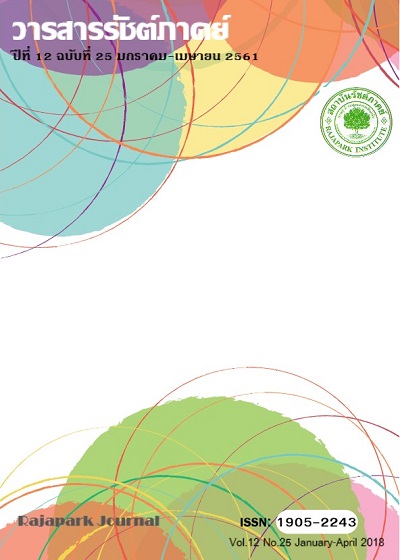What a Buddhist Must Know
Main Article Content
Abstract
The Pali Canon are the Buddha’s teachings, and Doctrine as the Buddha clearly stated that the Dhamma and Vinaya were to succeed him as Teacher after his passing, it follows that the Pali Canon is in effect where Buddhists can still have an audience with their Teacher and learn his Teaching even though he passed away over 2,500 years ago. The rehearsal, whose purpose was to collect and organize the word of the Buddha, did not take place until three months after his demise. As it was conducted by an assembly of 500 Arahant elders, this event also gave rise to what is now known as Theravada Buddhism. During the rehearsal, once any given portion of the teachings was agreed upon, it was chanted in unison by the assembly. The text chanted was thereby formally endorsed as the model to be committed word for word to memory and to be passed on to others and handed down to posterity.
The teachings thus orally transmitted were first written down during the Fourth Rehearsal, conducted in Sri Lanka around B.E.460. The Pali Canon of Theravada Buddhism, after two and a half millennia and six major rehearsal, has been generally recognized as the oldest, most original, most complete, and most accurate record of the Buddha’s teachings still available today. The Pali Canon provides the standards or criteria for judging whether a given teaching or way of practice truly belongs to Buddhism, It is thus the duty and responsibility of all Buddhists to preserve and protect the Pali Canon, which is crucial for the survival of Buddhism, and hence also for the welfare and happiness of the world.
Article Details

This work is licensed under a Creative Commons Attribution-NonCommercial-NoDerivatives 4.0 International License.
Views and opinions appearing in the Journal it is the responsibility of the author of the article, and does not constitute the view and responsibility of the editorial team.


